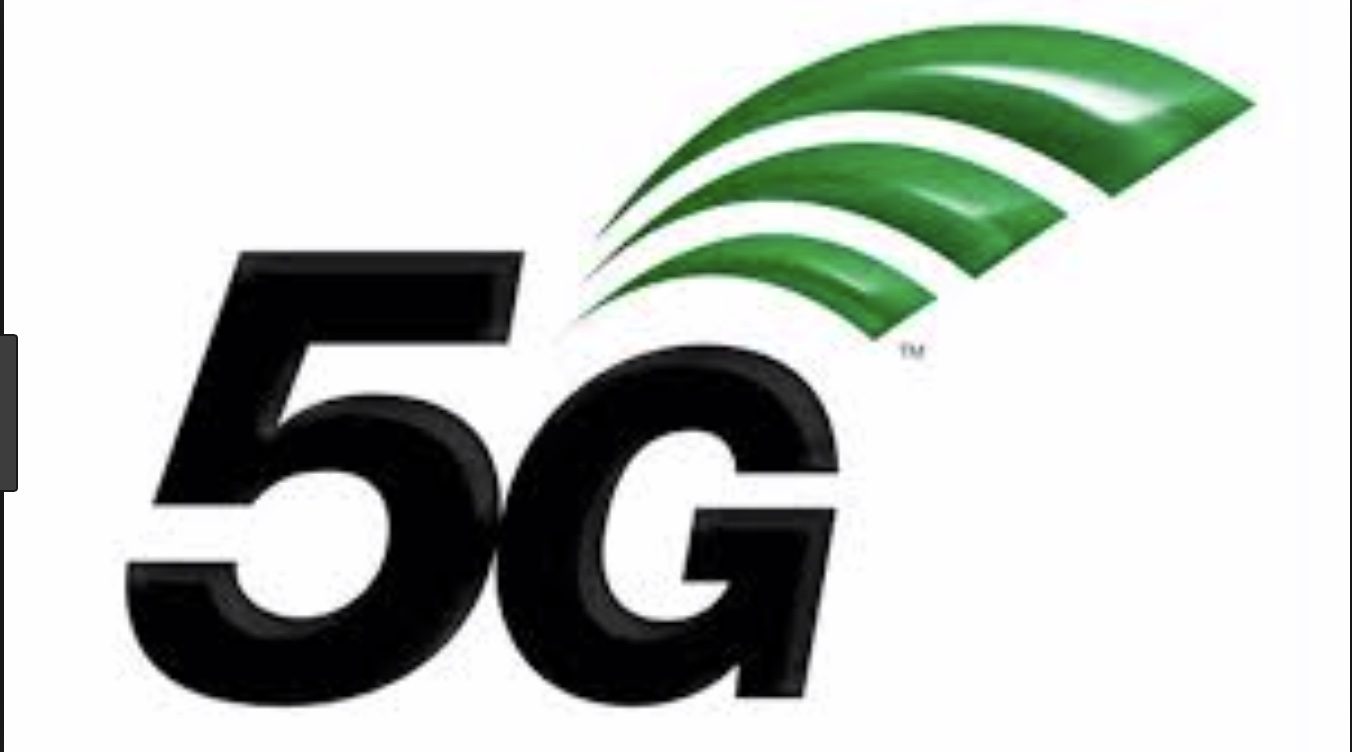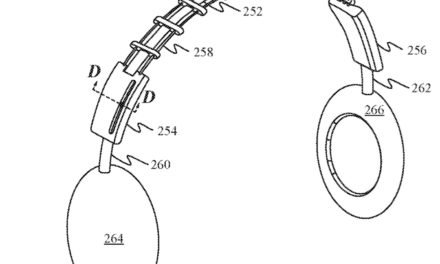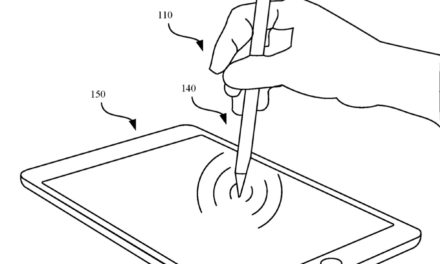Every new generation of mobile technology has resulted in huge disruption with market leaders stumbling, losing position and in most cases never recovering their former glory. Will 5G be any different? Probably not, according to Strategy Analytics smartphone consultants. The research group claims:
° It is highly likely that the current top three smartphone vendors globally (Samsung, Huawei, Apple) will see their share decline.
° With each new generation (GSM, WCDMA, LTE) we have seen major changes in design language and use cases. Generation-led design changes have disrupted the status quo on numerous occasions.
° Nokia peaked in 2G and lost 1/3 of its share in 3G and disappeared in the 4G world.
° Motorola lost four-fifths of its global handset market share in the transition from 2G peak to 3G peak.
° Samsung grabbed opportunity in the transition to 3G, doubled its share, expanded to be a global leader with a “first with tech” brand claim.
° Chinese vendors burst onto the global stage in 4G with Huawei surging to #2 globally with its fast follower, affordable tech mantra.
Strategy Analytics has identified two main groups of vendors in the fight for 5G: Adaptive Local players and Global Scale Seekers.
“Adaptive Local Players like Sharp, ZTE and more recently Sony have consolidated cost basis and a smaller, localized market presence,” says Chris Ambrosio, director of Consulting, Strategy Analytics. “These vendors need to be more agile in how they market their brands and link features and technology to drive local brand value. Being able to align technology and feature choices with mobile operator needs is critical to survival but profits are possible if SG&A costs are managed effectively.”





